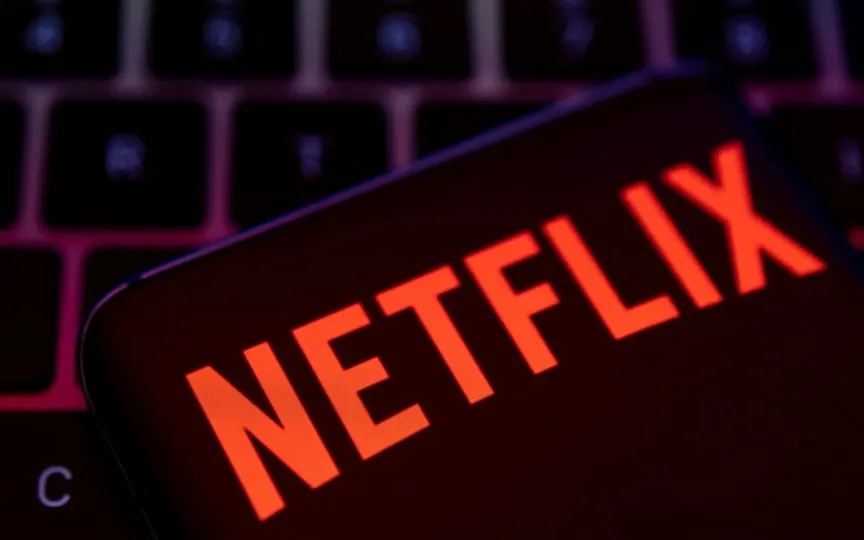Netflix’s DVD-by-mail Service Ends as Last Red-and-White Envelopes are Sent
After a successful run of 25 years, Netflix’s DVD-by-mail service, which revolutionized the entertainment industry and led to the demise of Blockbuster video stores, is finally coming to an end. This service not only paved the way for video streaming but also transformed the way we consume entertainment.
The DVD service, which has been steadily shrinking in the shadow of Netflix’s video streaming service, will shut down after its five remaining distribution centers in California, Texas, Georgia and New Jersey mail out their final discs on Friday.
The less than one million recipients who still subscribe to the DVD service can keep the final discs in their mailboxes.
Some of the remaining DVDs will receive up to 10 discs as a going-away gift from the service, which had as many as 16 million subscribers. That was before Netflix made a key decision in 2011 to separate its DVD side business from its streaming business, which now has 238 million subscribers and generated $31.5 billion in revenue in 2011.
By contrast, the DVD service brought in just $146 million in revenue last year, making its eventual shutdown inevitable amid intensifying competition from video streaming that has forced Netflix to cut costs to boost profits.
“It’s very bittersweet.” Marc Randolph, CEO of Netflix when the company released its first DVD, “Beetlejuice,” in April 1998. “We knew this day was coming, but the amazing thing is that it didn’t come 15 years ago.”
Although he hasn’t been involved in the day-to-day operations of Netflix for 20 years, Randolph came up with the DVD-by-service idea in 1997 with friend and fellow entrepreneur Reed Hastings, who eventually succeeded him as CEO. — Hastings’ job until he resigned earlier this year.
When Randolph and Hastings were thinking about the concept, the DVD format was such a developing technology that only about 300 titles were available at the time (at its peak, Netflix’s DVD service had over 100,000 different titles).
In 1997, DVDs were so hard to come by that when they decided to test whether a disc could get through the US Postal Service, Randolph ended up slipping a Patsy Cline greatest hits CD into a pink envelope and dropped it in the mail for Hastings. From Santa Cruz California Post Office.
Randolph paid just 32 cents for a CD stamp, less than half of the current 66 cents for a first-class stamp.
Netflix quickly built a loyal following of movie fans, relying on the then-new monthly subscription model that allowed customers to keep discs as long as they wanted without having to pay Blockbuster’s late fees for late returns. Renting DVDs by mail became so popular that Netflix was once the US Postal Service’s fifth-largest customer, at its peak shipping millions of discs weekly from nearly 60 US distribution centers.
Along the way, the red-and-white envelopes that delivered DVDs to subscribers’ homes became eagerly awaited mail, turning the enjoyment of a “Netflix night” into a cultural phenomenon. The DVD service also marked the end of Blockbuster, which went bankrupt in 2010 after its management turned down an opportunity to buy Netflix rather than try to compete against it.
But Randolph and Hastings always envisioned video streaming, which would make the DVD streaming service obsolete when the technology advanced enough to make watching movies and TV shows over Internet connections profitable. That expectation is one of the reasons they settled on Netflix as the service’s name over other considered monikers such as CinemaCenter, Fastforward, NowShowing and DirectPix (the DVD service was named “Kibble” during a six-month test period).
“We knew from day one that DVDs were going away, that this was a passing phase,” Randolph said. “And the DVD service did that job amazingly well. It was like an unsung booster rocket that launched Netflix into orbit and then fell back down to earth after 25 years. That’s pretty impressive.




